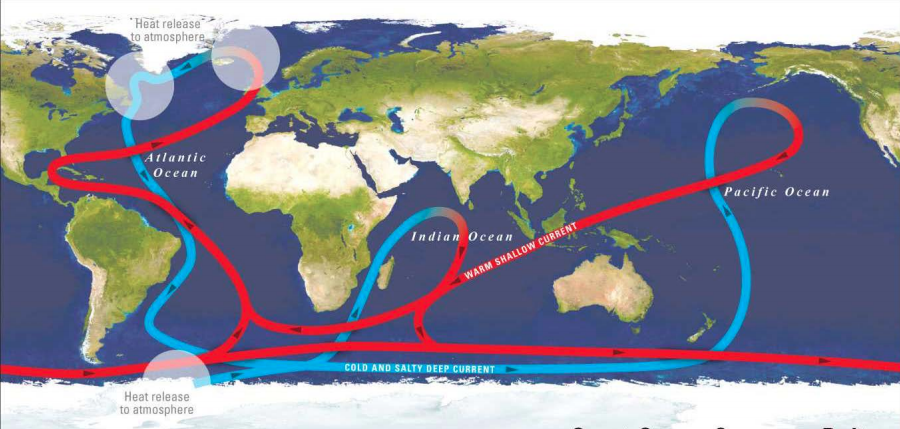Outage Notification
On Thursday, October 30, 2025 at 5am ET we will be updating the NJCTL Moodle site. The site will be unavailable for approximately 4 hours.

Physical Environment is a course consisting of a carefully sequenced exploration of phenomena that build an understanding of our world, from the atomic to the planetary level, culminating in a scientific understanding of global warming and climate change.
Designed as a foundational science course for middle school students, but of value to students and citizens of any age, Physical Environment provides a fascinating one-year exploration of phenomena, at widely varying scales, which work together to explain much of how the world works. Ultimately, students will have a deep scientific understanding of the basis, and likely impact, of global warming and climate change.
Physical Environment is based on five units, each of which focuses on exciting physical phenomena that students can personally observe or learn about in press coverage
· Hurricanes
· Global Climates
· Earthquakes, Tsunamis and Volcanoes
· Trees: An Introduction to Chemistry
· A Changing World
Within each unit are chapters, based on smaller scale phenomena and topics within those chapters based on even smaller scale phenomena. Student learning is motivated by answering questions, through scientific inquiry, to explain each phenomenon, regardless of scale.
NJCTL also provides two successive middle school courses, Living Environment and Mathematical Physics. Together these courses provide students a well-rounded scientific understanding of the world around them while using the NGSS science and engineering practices to master the Middle School NGSS content standards.
You can access these courses here.